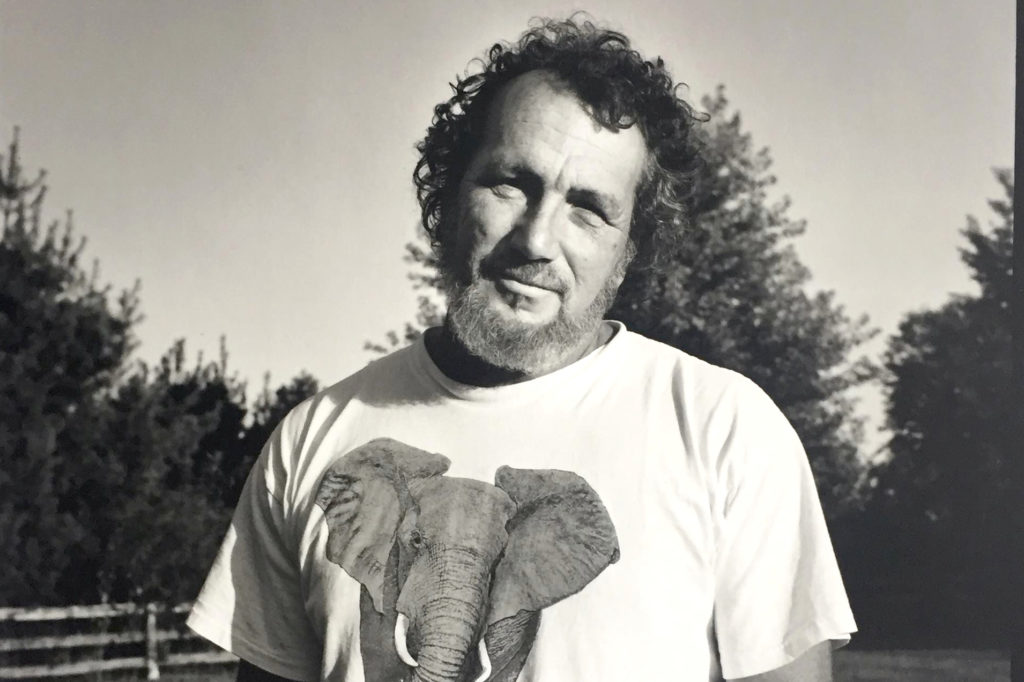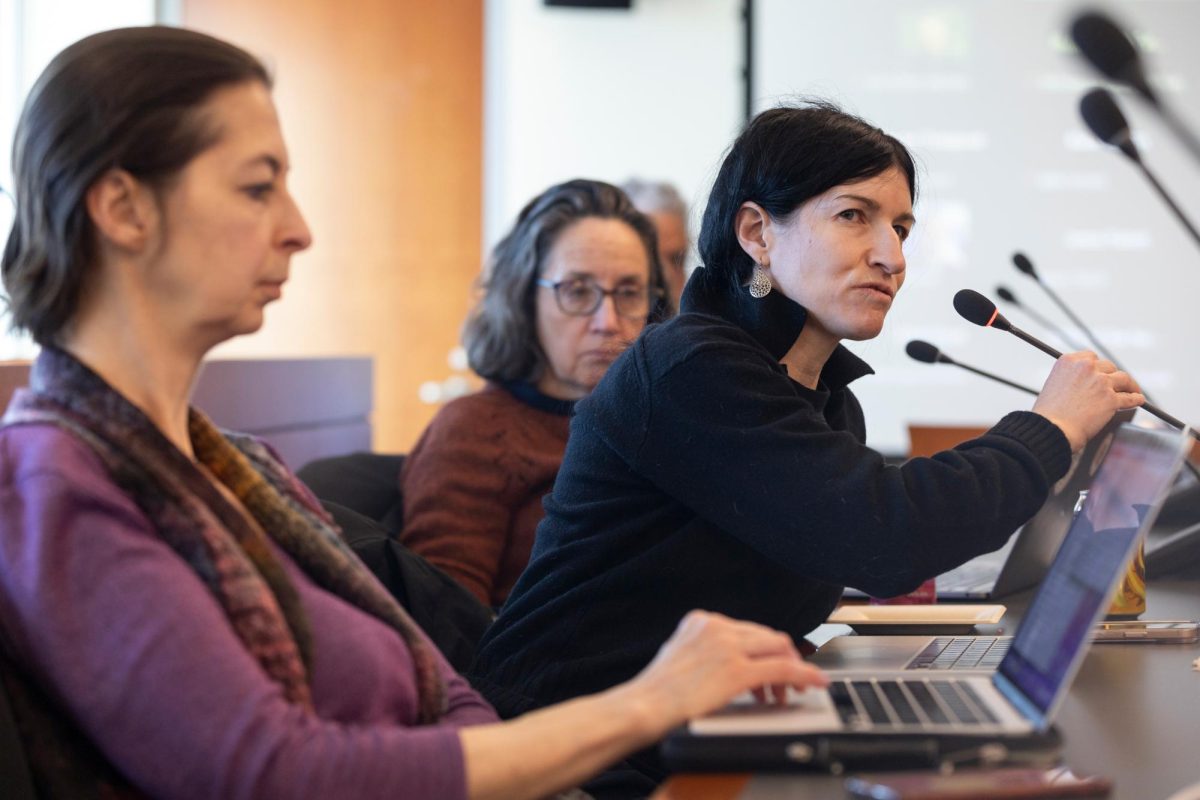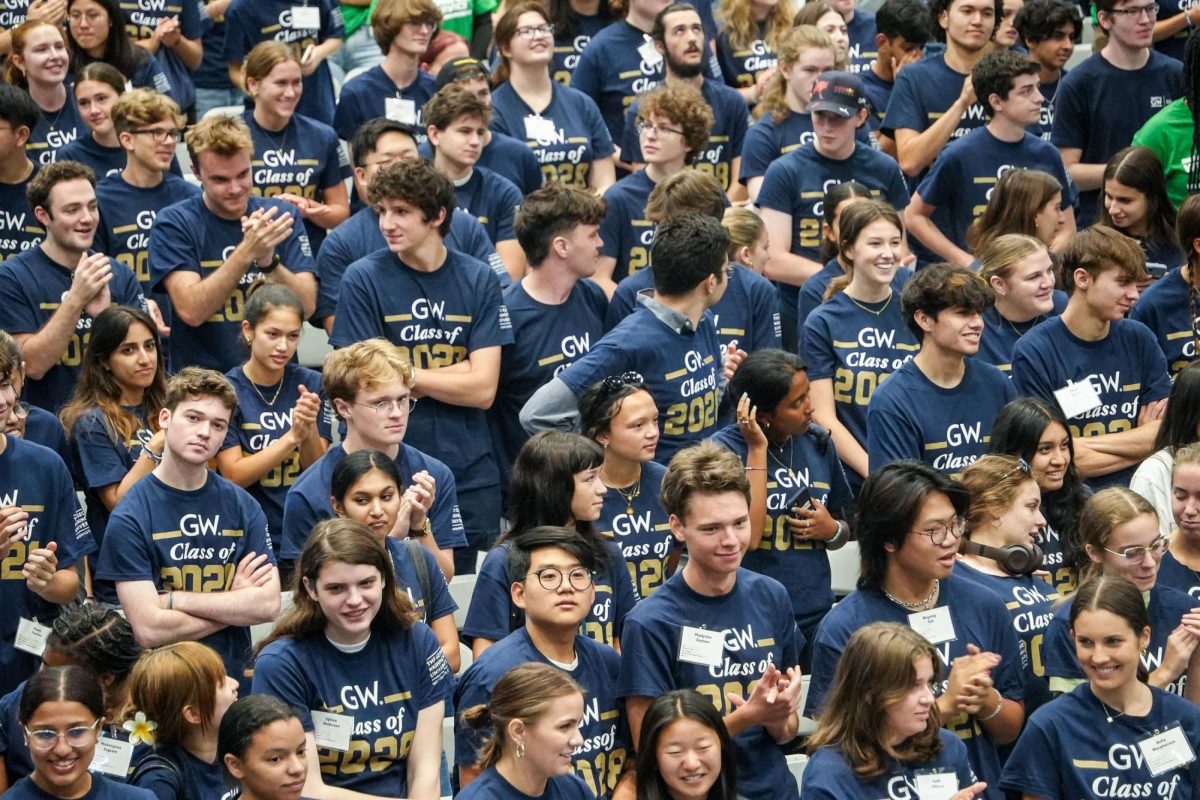Frank DiPerna, a longtime professor of photography, died on June 26 after a battle with colon cancer. He was 73.
DiPerna taught photography at the Corcoran College of Art + Design for four decades from 1974 to 2014 and taught at the Corcoran School of the Arts and Design after GW absorbed the school in 2014 until his retirement in spring 2019. He also launched Corcoran’s bachelor of fine arts program in fine art photography and chaired the photography department at various times during his tenure, his family and colleagues said.
His family and colleagues said he was one of the “founding faculty” of Corcoran and had an “enormous” impact on the photography community and said he will be remembered for his sense of humor, thoughtfulness and dedication to his students.
DiPerna was born in 1947 in Pittsburgh and resided in Purcellville, Virginia for much of his life before his passing. He received a Bachelor of Science degree in mechanical engineering from Virginia Polytechnic Institute and State University in 1970 and a master’s degree in photography from Goddard College in 1977, according to his personal website.
Roberta Marovelli – DiPerna’s wife, a Corcoran College alumna and former painting and drawing professor – said she met her husband when she took a beginner photography class at Corcoran. Marovelli said both she and DiPerna had a “great influence” on each other’s works – DiPerna self-published a book in 2019 about their experience raising baby bluebirds from one day old to release, for which she did watercolor illustrations to accompany the text.
She said they had an “incredible life” sharing their art together and the couple’s “greatest achievement” is raising their daughter, Olivia, who was the “light” of DiPerna’s life.
“He was a complete ‘Mr. Mom,’ taking her to ballet, horse camp, teaching her how to use tools, gardening, photography and all the nuances of life, it was an incredible love,” she said in an email. “She is very much her father’s daughter.”
Marovelli said DiPerna was inspired by “serious students” and enjoyed working with them and following their careers. She said her husband became a father later in life, and she believes working with young, aspiring photographers was filling “that natural paternal role” he discovered with his daughter and was “so good at.”
“He was dedicated, engaged, generous and a natural teacher, it was a perfect career for him and very satisfying,” she said. “The feedback from 45 years of students over the past week has been heartwarming, and he would have been incredibly touched by how they expressed how important he was to their work and their experience at the Corcoran.”
Susan Sterner – the assistant director for academic affairs at Corcoran, the director of graduate studies for the New Media Photojournalism program and an associate professor of photojournalism – said she met DiPerna in 2005 and got to know him “little by little” as they overlapped because he taught in the same classroom immediately following one of her courses.
Sterner said they realized they had children close in age and would often discuss their families, in addition to conversations about teaching, photography and what their students were working on. DiPerna “lit up” when discussing his wife and daughter and “loved getting excited about” his students’ work, she said.
“Because he taught both introductory and advanced classes, he was really part of the full development of his students,” she said.
In addition to teaching, DiPerna was a musician and writer, restored old cars and loved to read, Sterner said. She said DiPerna was “very compassionate and thoughtful” but also had a very “dry sense of humor.”
Sterner said he was “famous” for taking his students bowling to celebrate their graduation and spend time getting to know them outside of the classroom. After she left her career in journalism to begin teaching, DiPerna taught her how to be an “effective educator,” like when to step back and listen to students and how to get involved when needed, she said.
“I would go to faculty and staff meetings and I watched how Frank knew how to be a really good listener,” she said. “He spoke up when it mattered. He was just a really considerate, gentle and really thoughtful person who would think a lot before he spoke.”
Sterner said DiPerna was one of the “founding faculty” of Corcoran and pushed his students to experiment with their work. She said he also made sure students held themselves “accountable to a high level of professional craft” in their work, concepts and the artist statements students wrote alongside their work.
She said he constantly worked with students through “gentle questioning” but “really upfront commentary.”
“He didn’t pull any punches,” she said. “He really gave students the kind of real-world feedback that they needed in order to get better while they were in a safe environment with their faculty and peers. And I think that’s what pushed students to excellence.”
Ben Tankersley, a Corcoran College alumnus and an adjunct professor of photography, said he met DiPerna in 1997 or 1998 when he took a color photography class with DiPerna, who also later served as one of the teachers for his senior thesis project. He said DiPerna had a “really strong aesthetic” for color, which has influenced the way he sees color today.
“I have seen him as an inspiration throughout my career as a photographer,” he said.
He said when he returned to Corcoran in 2013 for his first teaching orientation, he introduced himself to DiPerna, who remembered him.
Tankersley said he told DiPerna he felt “pretty shaky” on how to use some of the computers and printers, but DiPerna told him he had arranged with one of Tankersley’s students, who was a lab technician, to help him during the first few weeks of class. He said it was “such a warm welcome” back to Corcoran.
“I really appreciated how he set me up for success,” he said.
He said DiPerna was always “really gentle” but did not accept “sloppy craft” as a teacher. He said he set a “standard of quality” for everyone to achieve and knew the work he could “get out of people.”
“That is something I always try to remember today to keep thinking about – ‘Well, it can be better. I can do it better. What would Frank say?’” he said. “And as a teacher, I really tried to adopt that model with my students and really push them to technically create the best work they can no matter what skill level they’re at.”
DiPerna is survived by his brother, Tony DiPerna; his wife, Roberta Marovelli; and his daughter, Olivia DiPerna.








